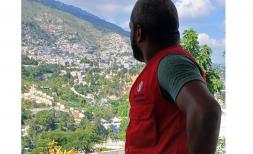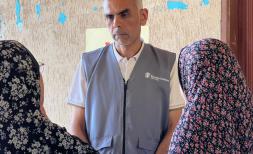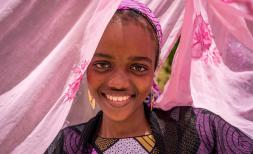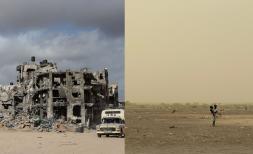Local Leaders at the Forefront of the Humanitarian Response in South Sudan
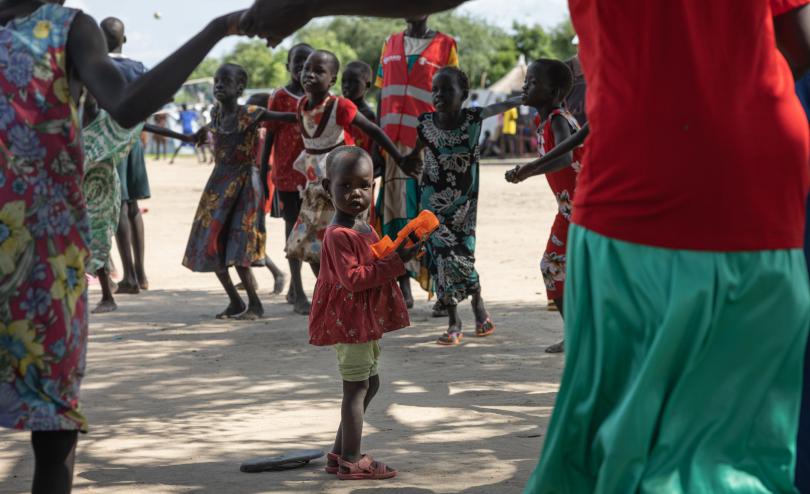
Children playing at Save the Children’s Child Friendly Space in Akobo West (Walgak). Save the Children
The ongoing humanitarian crisis in South Sudan has left many individuals displaced, vulnerable, and inadequately supported. As such, it has become essential to increase local and national actor (LNA) representation in aid operations – especially in remote areas – because they are best positioned to address the needs of affected communities.
In 2020, local leaders in South Sudan took action to respond to their country’s crisis, and thus, the idea of the Local Response Pooled Fund (LRPF) was born. The initiative launched officially in September 2021, and it became a loose network that connects and brings local leaders to the forefront of the humanitarian response. The goals of the LRPF are to build the capacity of LNAs to where they can access donor funding, offer a funding modality that centres on the needs of the local people, and push the Grand Bargain[1] agenda forward in South Sudan.
The LRPF initially started off with 90 small organizations within its network, and today, it has 196 registered national constituent organisations.
Standing in Solidarity
Although there was a vision, it was difficult for the LRPF to establish itself. The network not only lacked the expertise necessary to develop a strong, sustainable foundation, but it was also deficient in capacity, funding, and resources. Rombek Rombek, the chairperson for the LRPF and the director of Global Aim South Sudan recalled,
“We could not, of course, start alone. We needed a ‘mother’ or an international partner who could fight for us… So, Save the Children, on a goodwill basis, [agreed to partner with us].”
He noted that the LRPF reached out specifically to Save the Children because of its localisation values and from the work the international organisation had done in South Sudan. In response to their request, Rombek says that SCI confirmed:
“We will stand hand-in-hand with you, LRPF, but you need to develop your own systems. You need to stand [on your own], and to develop mechanism on how you’re going to work your own affairs because -this isn’t a Save the Children driven initiative, but should be a locally-led initiative.”
True to its word, Save the Children took on a supportive role by offering technical oversight (such as legal and financial expertise), advocacy efforts, capacity-strengthening training, and stood in as an interim host agency. The LRPF was able to refocus its priorities on developing itself internally, to be stronger externally.
Together, they developed strategies to further establish the LRPF as a self-sustaining organisation, such as by co-designing a governance structure, establishing an advisory board, and implementing training on mandatory risks. In addition, Save the Children’s brand presence empowered the LRPF to secure donor-partnerships from international organisations, namely, the Danish International Development Agency (DANIDA) and the Centre for Disaster Philantrophy, who each brought thought partnership and critical seed funding to the initiative.
Equitable relationships and Shifting Power
When asked whether the LRPF and Save the Children had an equal partnership, Ezekiel Conteh, the senior director for the Humanitarian Program Portfolio at SC United States, commented:
“We now have the LRPF not because of what Save the Children is doing or did in its entirety, but also because of what the [local] partners did.”
In terms of the partnership’s balance of power, the LRPF’s statute of operations regulates Save the Children’s scope of involvement. This was an agreement made by both partners to mitigate any potential power imbalances and concede ownership of the decision-making processes to the LRPF. The relationship also encourages Save the Children to reflect on their position as an asynchronous INGO with an exceptional amount of influence and how their work impacts the communities they enter. Both sides, however, must work collaboratively towards closing the gap of power and privilege to truly shift the power. For that reason, the relationship between the LRPF and Save the Children should be described more as an equitable, rather than an equal partnership.
It is no surprise that since its conception in 2021, the LRPF has been shifting the minds of those who doubt locally-led approaches to humanitarian responses. Now, there is a new goal called the, “2025 Exit Strategy” in which Save the Children will offboard the partnership and the LRPF will be recognised as a fully independent local network.
Thank you to Rombek Rombek and Ezekiel Conteh for their time and willingness to share their perspectives on LRPF and Save the Children’s partnership.
For more information, read the LRPF case study and visit Save the Children’s Localisation website. You can also contact our Localization Team at localization@savechildren.org.
[1] The Grand Bargain a unique agreement between some of the largest donors and humanitarian organisations who have committed to improve the effectiveness and efficiency of the humanitarian action, in order to get more means into the hands of people in need.
